In Taiwan, as in other countries that have experienced rapid industrialization, one downside of development has been the degradation of its rivers.
To some extent, this has been a result of people turning their backs on the streams that watered their ancestors’ fields and the creeks where their grandmothers washed clothes. Once tap water was available, and road bridges crossed major waterways, urban residents no longer had any reason to think about rivers — unless they needed a place to dump waste that couldn’t be burned.
Industrial, agricultural and municipal pollution has done enormous damage to riparian ecosystems, or river banks. Heavy use of ammonium-based fertilizers was a factor in the decline of the freshwater Taiwan Clam (Corbicula fluminea formosa). This species was formerly so abundant that, when country folks talked of achieving two goals with one action or killing two birds with one stone, they’d say in Hoklo (the language also known as Taiwanese) “gathering clams while washing your pants in the stream.”
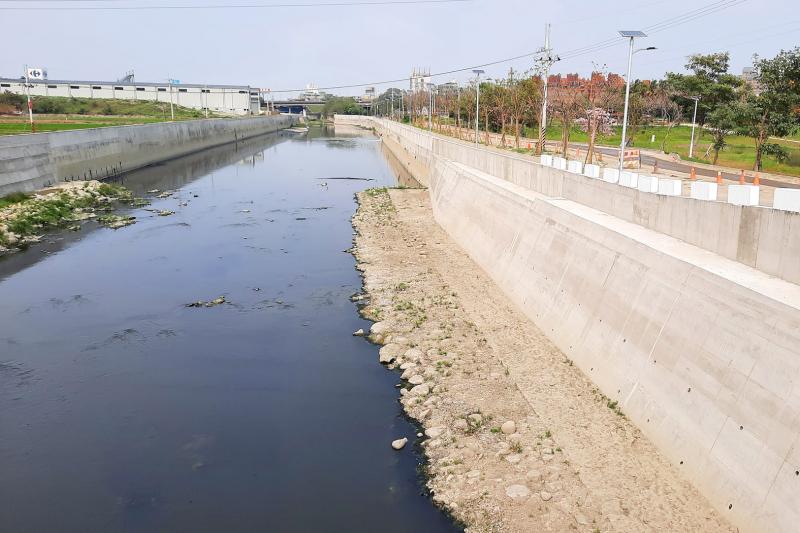
Photo: Steven Crook
Just how polluted are Taiwan’s waterways? According to the Environmental Protection Administration’s (EPA) Department of Water Quality Protection, of the country’s 2,934km of streams and rivers, 68.1 percent were non-polluted in 2020. In the same year, 9.3 percent were lightly polluted, 19.3 percent were moderately polluted, and 3.3 percent were heavily polluted. EPA data shows very slight improvement between 2007 and 2019.
An Oct. 2018 paper in the academic journal Water examined monitoring-station data for 14 major rivers, and concluded that pollution was almost ubiquitous throughout the 2002-2016 period. Concentrations of lead exceeding the EPA standard limit were found in the Dongshan (冬山), Jhuoshuei (濁水) and Sinhuwei (新虎尾) rivers. The permissible copper level was exceeded in the Dahan (大漢), Laojie (老街) and Erren (二仁) rivers. All 14 rivers were tainted with manganese.
March 14 will be the 25th International Day of Action for Rivers. Once again, this cross-border expression of solidarity and concern will go unmarked in Taiwan.
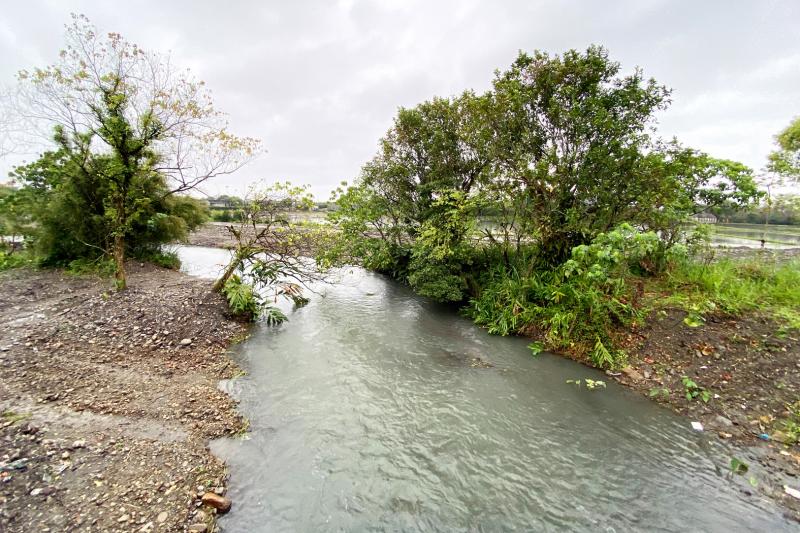
Photo courtesy of Liao Kuei-hsien
Even so, plenty of Taiwanese express concern about the state of local waterways. Among them is Liao Kuei-hsien (廖桂賢), an associate professor in National Taipei University’s Graduate Institute of Urban Planning and convener of the Taiwan Rivers Network (台灣河溪網), an NGO that works to promote the protection and restoration of river health.
TREATING ‘GREY WATER’
According to Liao, pollution is one of two major challenges facing Taiwan’s rivers.
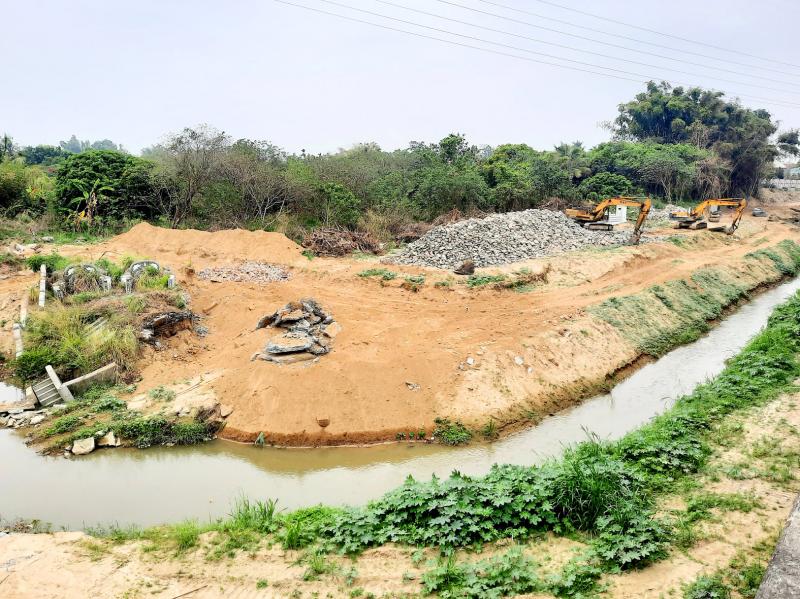
Photo: Steven Crook
“Black water” (waste water from toilets) is almost always treated before discharge, often by septic tanks. However, she points out, what’s called “grey water” is often released untreated into streams and rivers. Because it comes from bathrooms and washing machines, grey water typically contains traces of human waste.
Liao applauds the efforts made by many local governments to increase the percentage of grey water that’s treated. However, she says, they still need to work harder to increase the rate of domestic waste water treatment.
Data from the Ministry of the Interior’s Construction and Planning Agency show that sewage treatment rates earlier this year in the six special municipalities ranged from 94 percent (in New Taipei) to 59 percent (in Tainan). Several local governments reported rates below 50 percent, the lowest being in Chiayi County (21.5 percent) and Taitung County (17 percent).
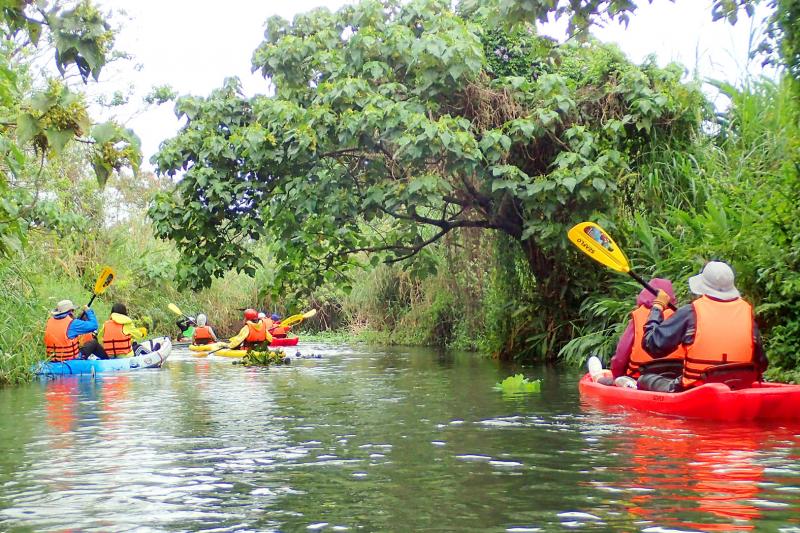
Photo courtesy of Liao Kuei-hsien
Sewage systems aren’t as visible as bridges or cultural venues, and “elected politicians tend to ignore this issue because it isn’t sexy,” Liao says. “The central government needs to provide greater incentives to local governments to do this, and voters need to be better educated to understand the importance of waste water treatment,” she adds.
More toxic pollution escapes from industrial sites and feedlots (buildings in which animals or poultry are raised). Waste water from those places should be treated before being released, but, as Liao points out, illegal discharges which turn streams bizarre colors still occur from time to time.
“The current fines are not a deterrent,” she explains. “In most of Taiwan’s waterways, we see the dominance of non-native, pollution-tolerant species such as tilapia, striped snakehead and Amazon sailfin catfish,” says Liao, describing the last of these as “extremely invasive.”
‘THREE SMOOTH SIDES’ ENGINEERING
Native species struggle to survive not merely due to pollution, but also because “morphological modification” — human-induced changes to the shape and direction of river channels — undermines the health of local waterways.
“In the name of flood control, or for soil and water conservation, it’s very common to see streams or smaller rivers cased fully in concrete,” she says. According to Liao, this form of river engineering — known locally as sanmianguang (三面光, “three smooth sides”) — “basically destroys the entire stream ecosystem.”
The waters, bed and banks of an unpolluted and unmodified river are likely to host amphibians such as frogs, crustaceans and mollusks, fish, and insects, as well as various plants and microorganisms. These in turn support bird and reptile populations.
Due to growing ecological awareness on the part of engineers and the public, the authorities are less likely than before to convert sections of river into fully concreted channels.
The Public Construction Commission recognizes the disadvantages of “three smooth sides” and “two smooth sides” engineering. Its Web site points out that concreted channels don’t necessarily protect nearby communities from flooding, because “all the features of natural rivers are eliminated, so floodwater velocity increases.”
What’s more, it says, they hinder ground water recharge, exacerbating Taiwan’s water shortages.
“Streams which escape being fully cased in concrete often have their natural banks turned into revetments, usually in concrete or riprap. This means the elimination of the entire riparian zone — the interface of land and water — which is very important for the stream ecosystem,” Liao says.
What’s more, she explains, modifying river banks in this way disrupts the connection between waterways and their floodplains. Very often, there’s a decrease in habitat heterogeneity and, as a result, a reduction in overall biodiversity.
Horizontal structures, like check dams built to slow water velocity and reduce erosion, “seriously impede upstream-downstream connections, affecting migration of fish and other creatures up and down the river,” says Liao.
Dams were probably a factor in the decline of the Formosan landlocked salmon. Such barriers stop fish that get washed downstream during typhoons from returning to cooler waters where they could survive, and divide populations into isolated groups, increasing the risk of inbreeding. As part of efforts to save the salmon from extinction, a handful of check dams in Shei-Pa National Park (雪霸國家公園) have been demolished.
FLOOD SAFETY
Liao says Taiwan’s larger rivers are relatively less modified in the sense that, while they are contained by levees, they have wider corridors to ensure floodwaters are carried to the sea. Floodplain zones outside the levees, however, are often heavily modified, with natural vegetation removed. Around Taipei, many floodplain areas have been converted into parking lots and sports grounds.
“To address the problem of morphological modification, the root cause — the entrenched belief that rivers must be engineered or controlled for flood safety — needs to be addressed. However, this is very difficult,” says Liao.
Liao says that flood engineering is an unsustainable approach to flood safety. Nurturing flood resilience is much more important in the face of extreme precipitation events. In the long term, she adds, we’ll have to change the flood mitigation paradigm from flood control to flood resilience.
RIVER RESTORATION MOVEMENT
In the mid-term, Liao calls for a countrywide river-restoration movement that would “restore the health of river ecosystems so they can provide multiple ecosystem services. Where necessary, we should release streams and rivers from hard structures such as revetments and flow-impeding structures. To control flooding and erosion, we can deploy ecological engineering methods and nature-based solutions instead of hard engineering.”
She says that, while the Ministry of Economic Affairs’ Water Resources Agency (WRA) and local-government units claim to pay attention to ecological issues, “often their understanding of ecology is superficial.”
The Facebook group “Urban Rivers and Streams” (城鄉河溪論壇) highlighted a recent case in which a government agency botched a so-called “river improvement project.”
During the modification of part of Dahu Creek (大湖) in Yilan County’s Yuanshan Township (員山) by the WRA’s First River Management Office, a riverside vegetation belt that should have been preserved was eradicated.
It appears that preservation measures weren’t made clear in the contract and related diagrams; changes to the plan weren’t checked and confirmed with stakeholders; ecological inspection data after August last year was left blank; and records relating to the public participation phase may have been falsified.
The Dahu Creek project (budget: NT$40.7 million) is just a small part of what’s become a big industry. NT$183 million has been set aside for reconstruction of the middle and lower reaches of Sanye Creek (三爺) in Tainan. On Jan. 20 this year, United Daily News reported that work was about to begin on a section of Hutou Creek (虎頭), also in Tainan, with the first phase expected to cost NT$400 million.
A new approach to Taiwan’s waterways is possible, but only if the country’s leaders are willing to upset a few apple carts.
Steven Crook, the author or co-author of four books about Taiwan, has been following environmental issues since he arrived in the country in 1991. He drives a hybrid and carries his own chopsticks. The views expressed here are his own.

Last week, on the heels of the recall election that turned out so badly for Taiwan, came the news that US President Donald Trump had blocked the transit of President William Lai (賴清德) through the US on his way to Latin America. A few days later the international media reported that in June a scheduled visit by Minister of National Defense Wellington Koo (顧立雄) for high level meetings was canceled by the US after China’s President Xi Jinping (習近平) asked Trump to curb US engagement with Taiwan during a June phone call. The cancellation of Lai’s transit was a gaudy
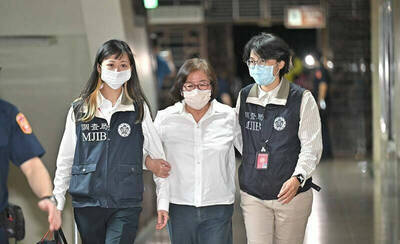
Following the shock complete failure of all the recall votes against Chinese Nationalist Party (KMT) lawmakers on July 26, pan-blue supporters and the Chinese Communist Party (CCP) were giddy with victory. A notable exception was KMT Chairman Eric Chu (朱立倫), who knew better. At a press conference on July 29, he bowed deeply in gratitude to the voters and said the recalls were “not about which party won or lost, but were a great victory for the Taiwanese voters.” The entire recall process was a disaster for both the KMT and the Democratic Progressive Party (DPP). The only bright spot for

From Godzilla’s fiery atomic breath to post-apocalyptic anime and harrowing depictions of radiation sickness, the influence of the nuclear bombings of Hiroshima and Nagasaki runs deep in Japanese popular culture. In the 80 years since the World War II attacks, stories of destruction and mutation have been fused with fears around natural disasters and, more recently, the Fukushima crisis. Classic manga and anime series Astro Boy is called “Mighty Atom” in Japanese, while city-leveling explosions loom large in other titles such as Akira, Neon Genesis Evangelion and Attack on Titan. “Living through tremendous pain” and overcoming trauma is a recurrent theme in Japan’s
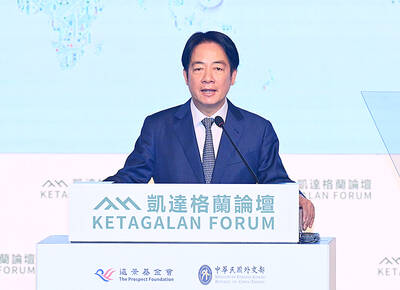
As last month dawned, the Democratic Progressive Party (DPP) was in a good position. The recall campaigns had strong momentum, polling showed many Chinese Nationalist Party (KMT) lawmakers at risk of recall and even the KMT was bracing for losing seats while facing a tsunami of voter fraud investigations. Polling pointed to some of the recalls being a lock for victory. Though in most districts the majority was against recalling their lawmaker, among voters “definitely” planning to vote, there were double-digit margins in favor of recall in at least five districts, with three districts near or above 20 percent in